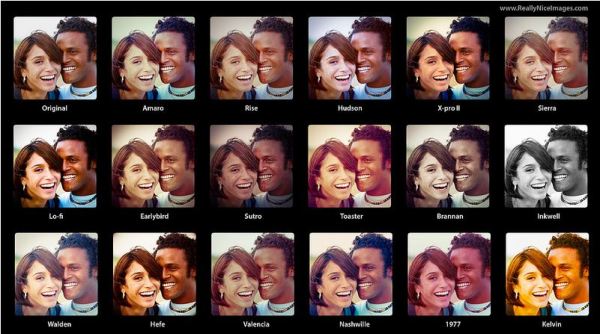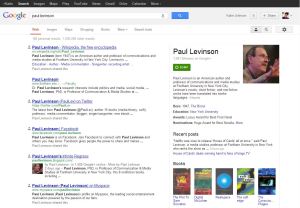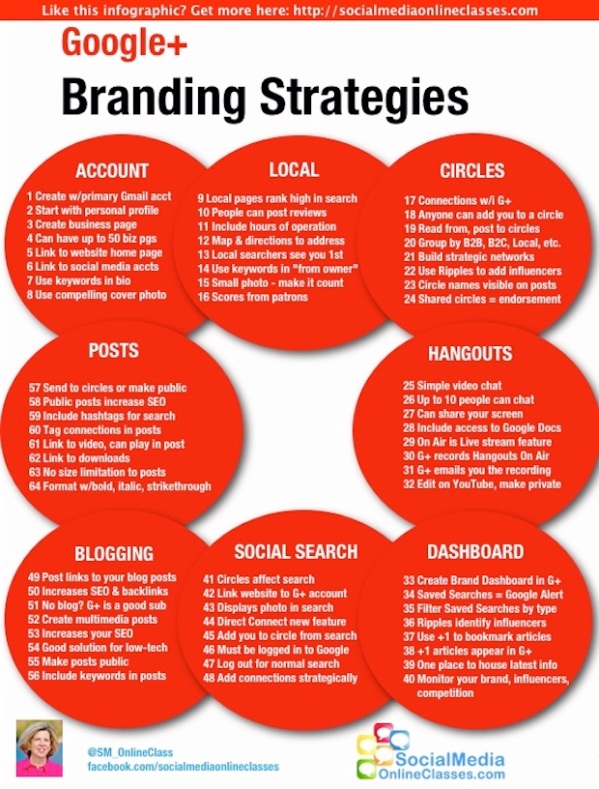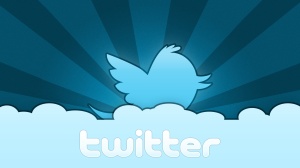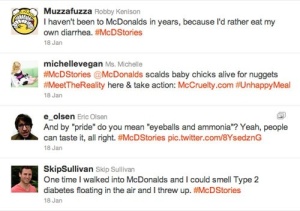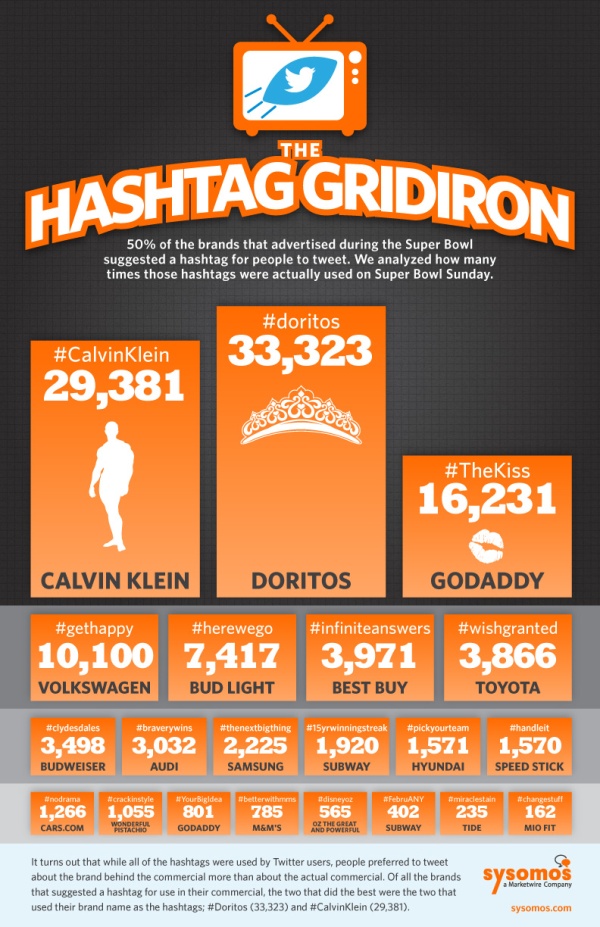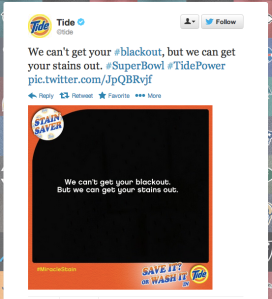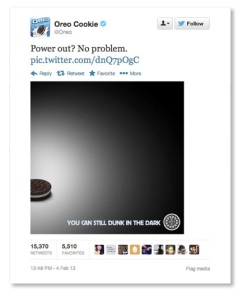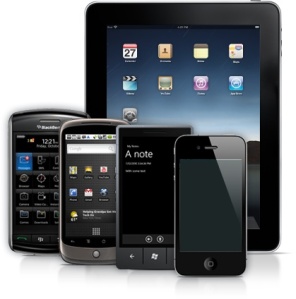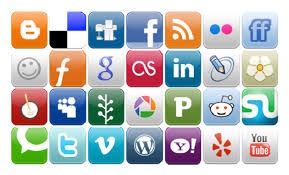 Alas, our class is coming to its semester end, and sadly, so is our blog
Alas, our class is coming to its semester end, and sadly, so is our blog But fear not! We will not leave you hanging. Over the course of the semester, our blog has featured various social media platforms and how your business/organization can use them to connect with your audience. Before we go, let’s go over some of the key points that similarily spanned across our posts. These are good things to keep in mind no matter what platforms you are using.
Social Media Tips Recap
- Be in dialogue with your audience
The Web 2.0 is all about user-generated content. People like to be part of the process, so always show them that you’re open to that. Respond to comments as best you can, hold contests, and show you’re listening. - Use tags
Whether it’s hashtags, keywords, or @mentions, use the platform’s tagging capabilities. It makes you more searchable and increases chances of popularity and reach. - Choose platforms wisely
Finite resources makes everything a challenge. We have so much to do in limited time with limited money and limited people. Make sure the platforms you’re using to reach your audience has matching demographics and psychographics. For example, a small motorcycle accessories business might have a tough time on Wanelo, but Facebook and Instagram would probably have better results. - Be transparent
Many of our tips have suggested to do things like featuring employees or showing how a product is made. It brings the audience to the other side, and they feel included. Let them in on what your organization is about. Trust from your audience and the feeling of belonging goes a long way.
Blogs To Follow
We don’t want your knowledge of social media to end with this blog. So, here are some other blogs and sites we think will serve you well:
Personally, we really suggest Bill Crosby and Social Mouths – they’re fun blogs and full of great information. All of the above sites are great though.
Thank you to everyone who has followed, reposted, liked, and commented on our blog. We appreciate interacting with you and receiving your support.
~ Katie, Amy, Myah, Carley, Staci





